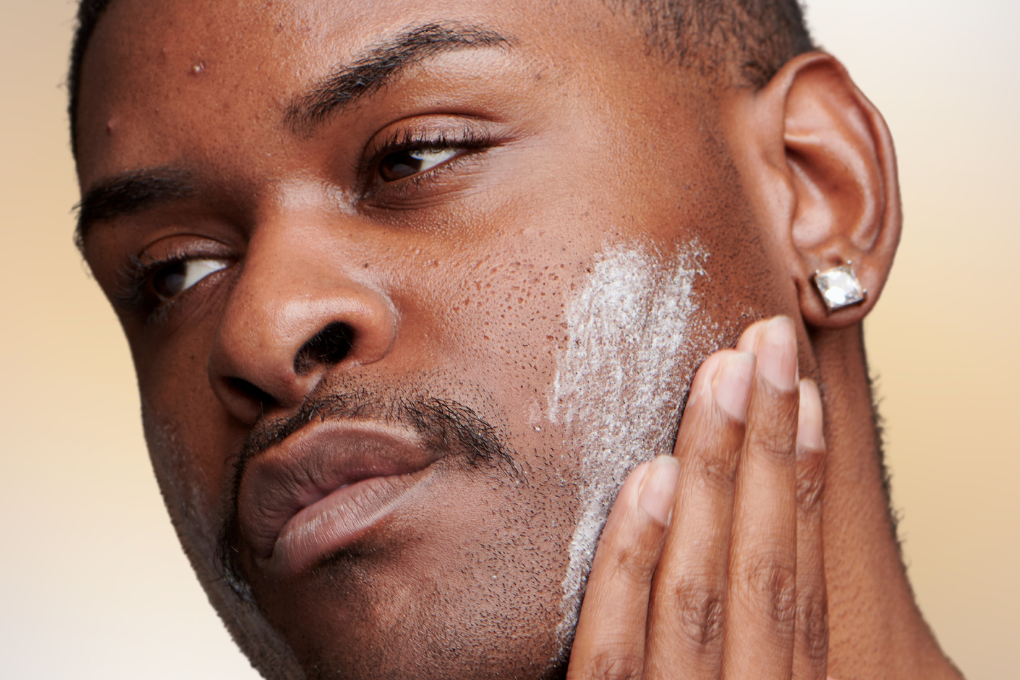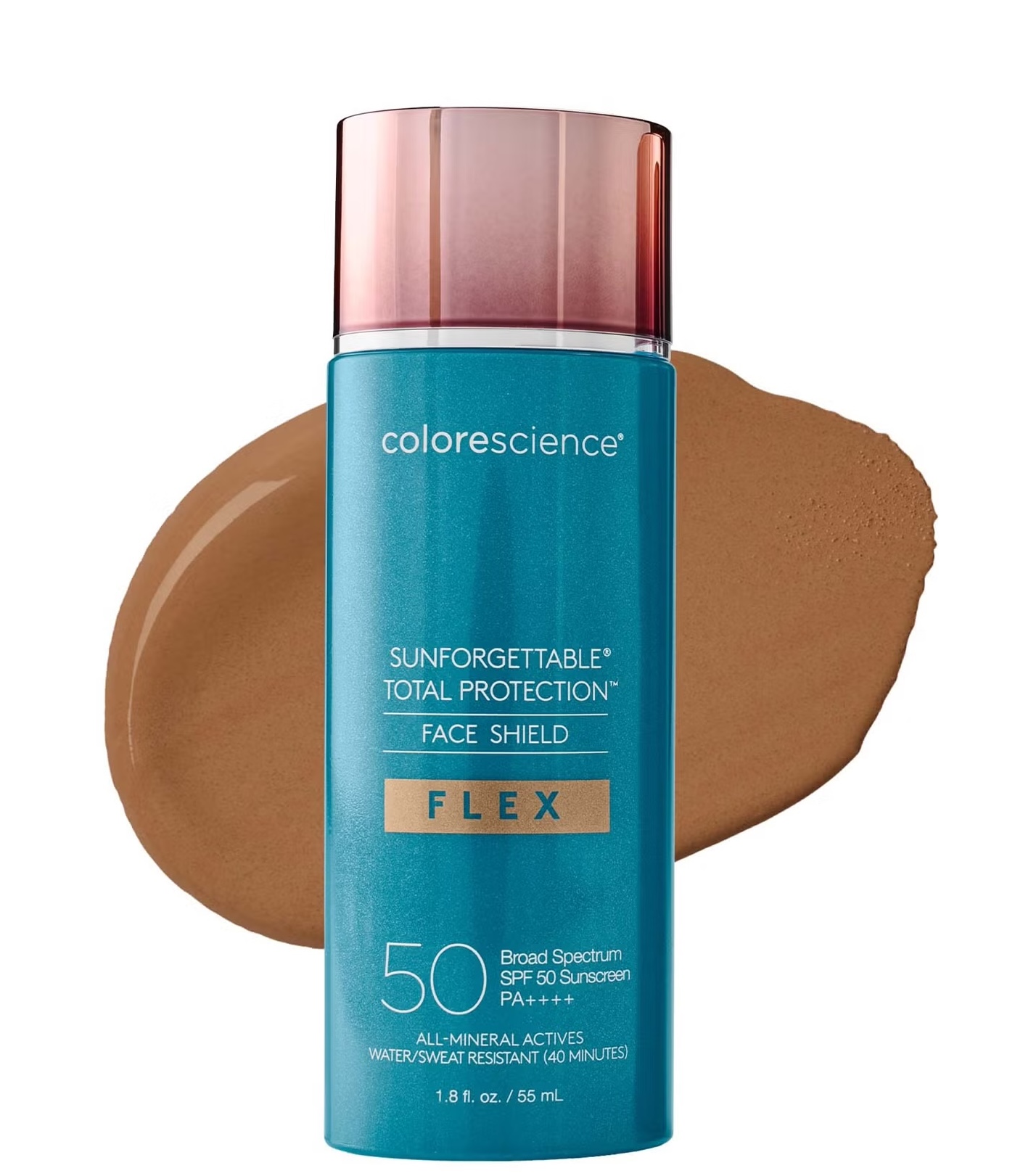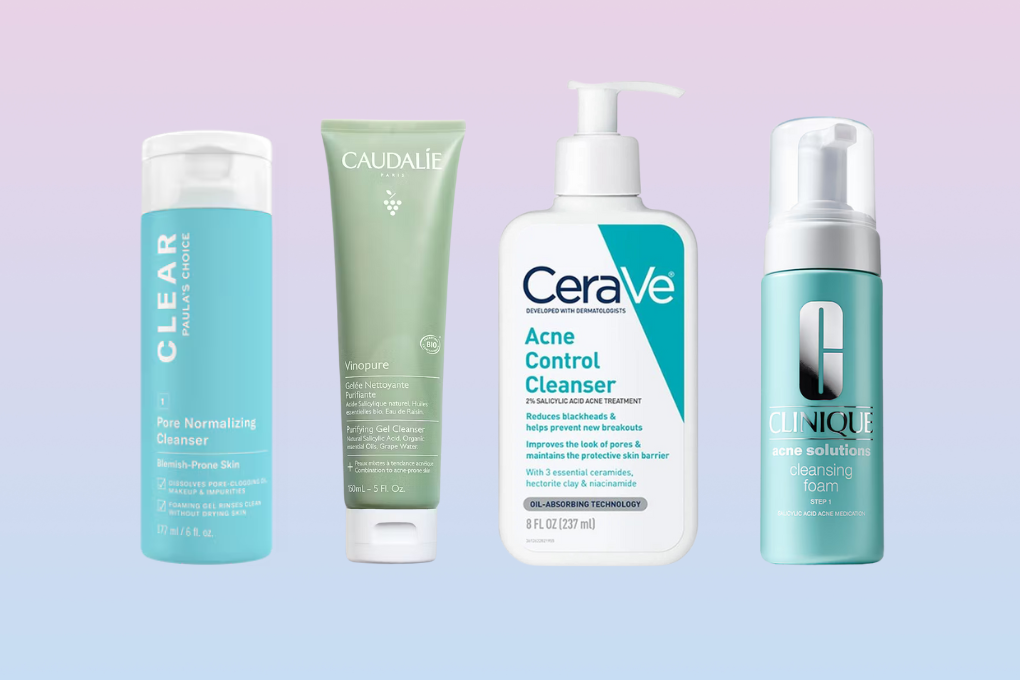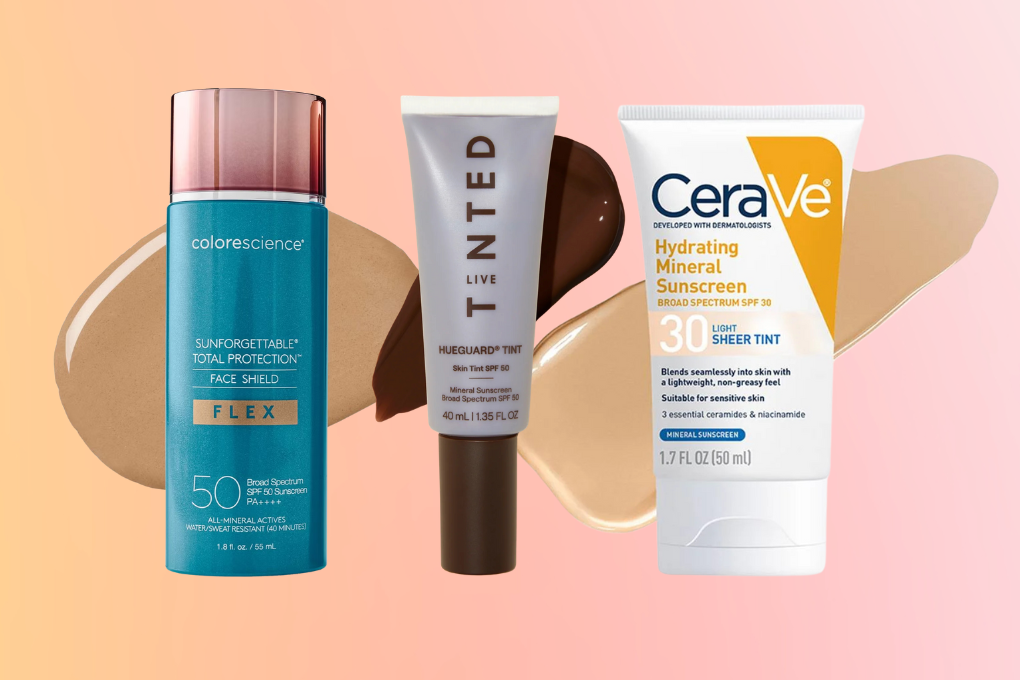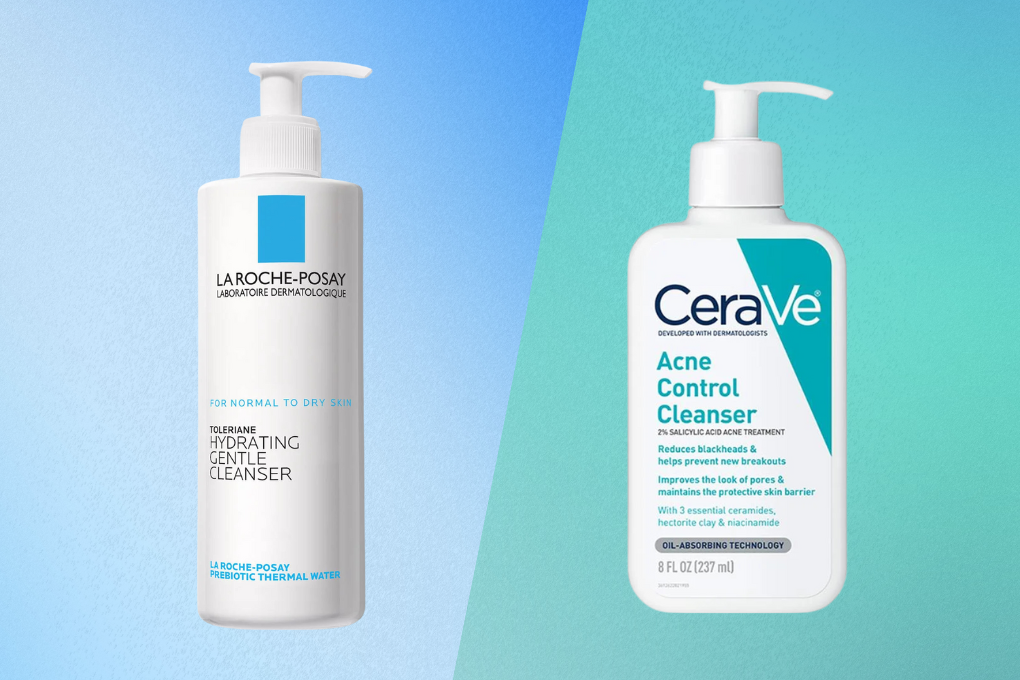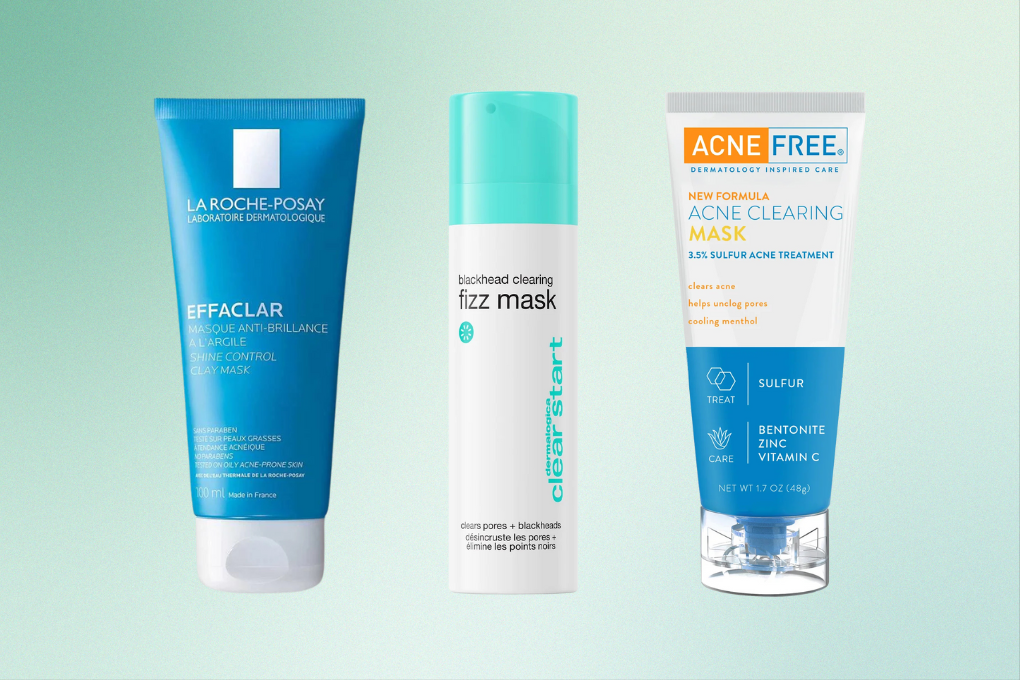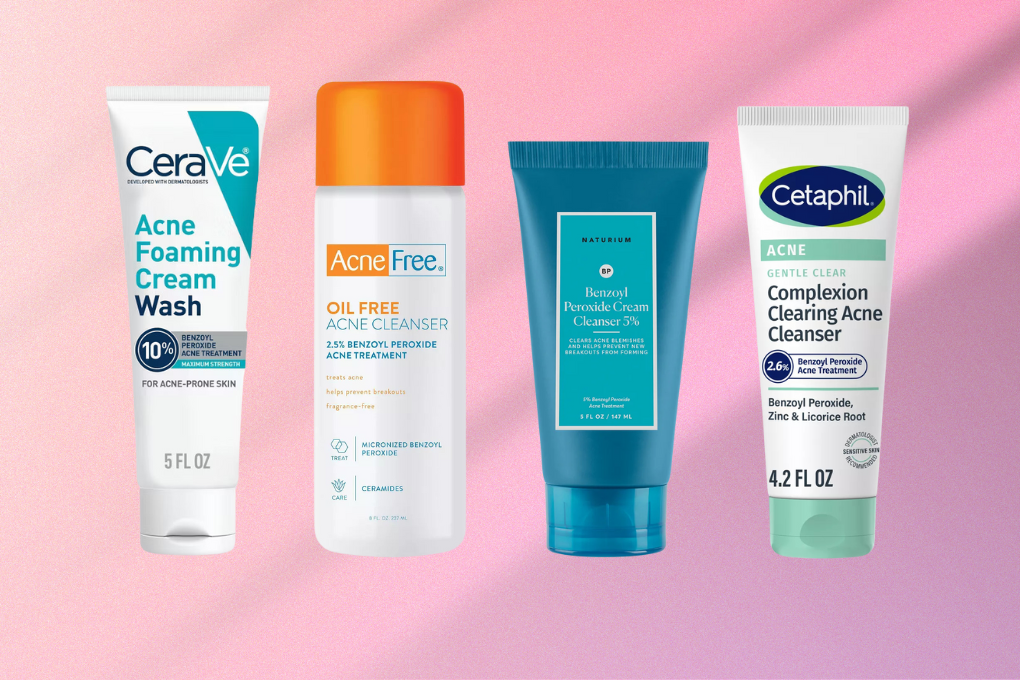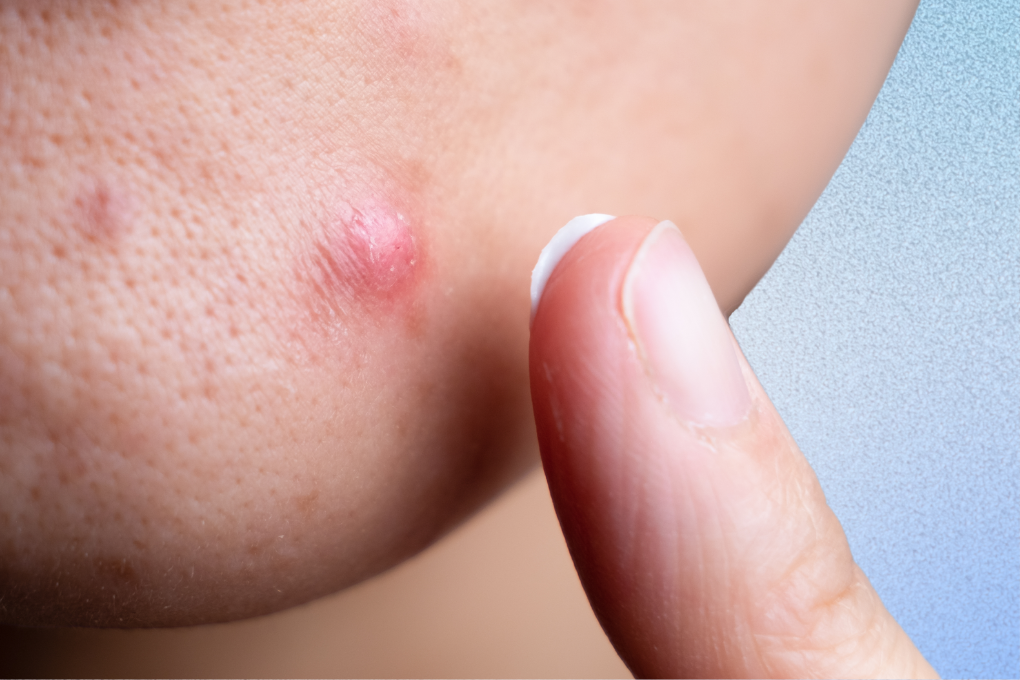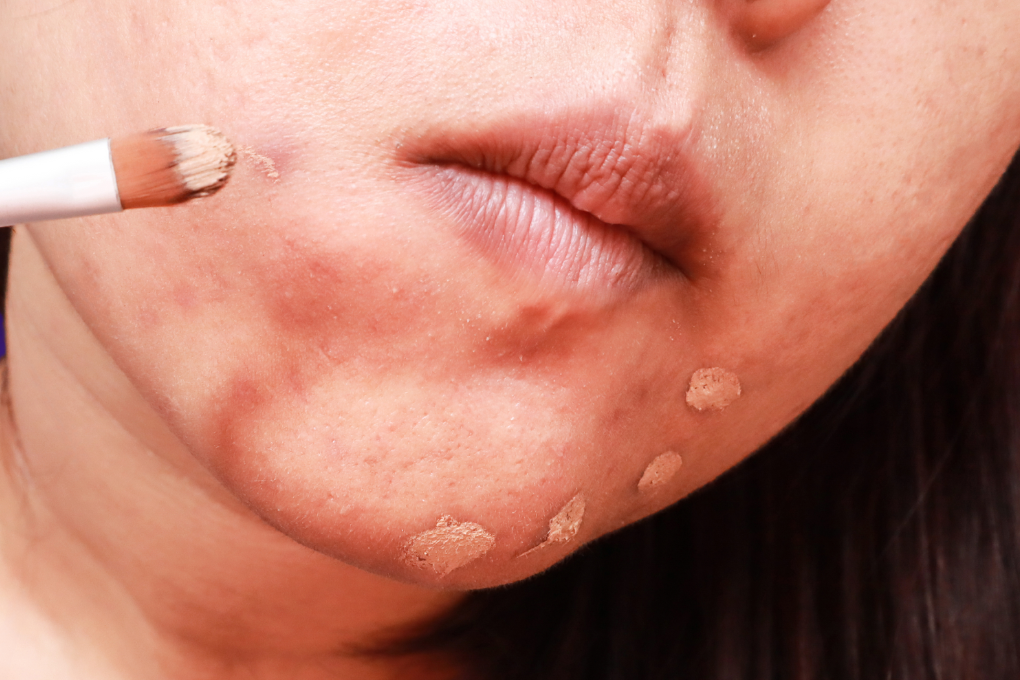In the world of skincare, creative trends are always popping up, but one we did not see coming was applying butt paste to the face…
Called “face basting” by Dr. Shereene Idriss, who popularized it on TikTok, this method is similar to slugging, but it uses a thick layer of zinc-based diaper cream to help protect and heal dry and irritated skin. Is face basting the right choice for acne-prone skin?
What is Face Basting?
Like with petrolatum (Vaseline) used in slugging, diaper cream is an occlusive product that prevents trans-epidermal water loss, helping to keep moisture in your skin. When your skin is dry and irritated, your skin barrier is often damaged, making it more prone to losing much-needed hydration. Even if you have oily skin, this can happen when you use active ingredients such as retinoids, salicylic acid, and benzoyl peroxide more than your skin can tolerate.
Diaper creams are made with zinc oxide in an ointment or cream base that often contains petrolatum. They are made to protect and heal babies’ skin from the rashes that can come with wearing diapers. When face-basting, you apply this thick white cream as an overnight mask in order to maximize the soothing and hydrating benefits.
Does Face Basting Cause Acne?
So, does face basting work for acne-prone skin? The answer is probably not. While finding ways to keep our skin protected and hydrated while using acne treatments is important, the ingredients in diaper creams were designed to treat and prevent rashes on babies and are not a good match for acne-prone skin on the face.
Although the active ingredient in diaper cream, zinc oxide, does not cause acne, many diaper creams also contain pore-clogging ingredients such as lanolin, oils, and waxes that can lead to pimples if applied to the face.
Additionally, while the petrolatum used in most of them does not directly clog pores and may work for people with dry skin, if it is applied to skin that is oily or prone to acne, it can potentially worsen breakouts. The thick barrier of petrolatum that keeps moisture from escaping can also trap bacteria and oil in your pores, leading to pimples.
Benefits of Zinc Oxide for Acne-Prone Skin
While face basting with diaper cream may be a trend that those of us with acne-prone skin have to sit out, there is still a benefit to using zinc in skincare.
Zinc oxide is a mineral-based compound that is known for its protective and soothing properties. It can help with inflammation, act as a physical barrier to shield the skin from irritants and UV rays, and aid in healing skin issues like acne or minor irritations. Zinc oxide has many benefits for acne-prone skin, including:
Anti-Inflammatory Properties
Zinc oxide has significant anti-inflammatory properties, which can help reduce the redness and irritation associated with acne outbreaks.
Antimicrobial Effects
This mineral can help kill bacteria that cause acne, reducing bacterial-induced inflammation and preventing future breakouts.
Sebum Reduction
Zinc has been shown to help regulate oil production, preventing the excessive sebum that can lead to acne.
Barrier Protection
By creating a protective layer on the skin, zinc oxide can shield sensitive, acne-prone skin from irritants and pollutants that may exacerbate acne.
Alternatives to Face Basting
Just because a thick layer of heavy and rich diaper cream is not right for our skin type doesn’t mean that there aren’t other ways to get the benefits of face basting in a more acne-prone friendly format:
Zinc Oxide Sunscreen
One of the best alternatives to face basting with zinc diaper cream is to get the benefit of zinc in a mineral sunscreen that can protect you from UVB and UVA rays during the day. Choose a non-comedogenic sunscreen with zinc oxide, and you can get the soothing benefits of zinc while also protecting your skin from harmful UV rays and avoiding the heavy formulas of diaper cream.
Colorescience Sunforgettable Total Protection Face Shield Flex Tinted Mineral Sunscreen SPF 50
Colorescience is known for mineral SPF products, and Face Shield Flex is our favorite of their tinted sunscreens. What makes it stand out is the encapsulation of iron oxide pigments in the formula. So even though the sunscreen comes out white, it will "bloom" to the right color as you apply it to your skin, giving you an adaptable and buildable coverage. The six shades cover a range of skin tones, making it easier to find a match that will blend in with your skin. Colorescience's patented EnviroScreen® Technology protects from UVA and UVB rays as well as blue light, pollution, and infrared radiation.
- Six shades with adaptable medium coverage
- Water-resistant for 40 minutes
- Protects from blue light, pollution, and infrared radiation
- Niacinamide can be irritating for some people
Live Tinted Hueguard Skin Tint Hydrating Mineral Sunscreen SPF 50 with a Radiant Finish
Hueguard Skin Tint from Live Tinted hits everything we want in a tinted sunscreen. It comes in a lightweight and hydrating gel-cream formula with a tint that offers a light to medium buildable coverage with a radiant finish, while also providing mineral broad-spectrum protection with non-nano zinc oxide and antioxidants. Thanks to its 11 varied shades that capture a broad scope of skin tones and undertones, many people will be able to find a good match that can be layered for the desired coverage.
- Hydrating gel-cream formula
- 11 varied shades
- Water-resistant for 80 minutes
- Small amount
Versed Guards Up Daily Mineral Sunscreen SPF 35 with Zinc Oxide
Guards Up Sunscreen by Versed is a lightweight mineral sunscreen with 15.2% zinc oxide. It has a slight tint to help it blend without white cast, however, it may still show up on darker skin tones. It is silicone-free, making it an ideal option if you suspect silicones are contributing to your acne. Guards Up also contains antioxidants to help fight off environmental and blue light damage.
- Zinc oxide formula with a tint to help it blend in
- Silicone-free good for those whose skin is sensitive to silicones
- Protects from environmental and UV damage
- Not water-resistant
- Single tint option may show up on darker skin tones
Barrier Repair Products
If you are dealing with dry irritated skin or even going through the retinol uglies, there are many other moisturizing creams that can help hydrate and soothe irritated skin that are specifically designed for the face instead of babies’ butts. Look for barrier creams and other products that will help hydrate the skin and reduce transepidermal water loss, but are non-comedogenic and suitable for your skin type.
EltaMD Skin Recovery Lightweight Moisturizer for Damaged Skin Barrier with Amino Acids
Elta MD's Skin Recovery Light Moisturizer is a weightless lotion designed with acne-prone and sensitive skin in mind. It uses the brand's patented AAComplex of amino acids to restore the skin's natural barrier, which makes it one of our favorite moisturizers to use alongside a strong acne treatment. With hyaluronic acid, glycerin, squalane, and coconut extract, this lotion soothes and moisturizes dehydrated skin while calming irritation and redness.
- Lightweight with hydrating ingredients
- AAComplex restores skin barrier
- Great option when using harsh acne treatments
- Expensive
Paula's Choice Hyaluronic Acid Booster Serum with Ceramides
The Hyaluronic Acid Booster from Paula's Choice is a concentrated serum that deeply hydrates and moisturizes skin. This liquid gel formula is designed to either be used alone or added to a moisturizer or another serum to simplify your routine. Glycerin, hyaluronic acid, and panthenol attract moisture and plump the skin, while ceramides and cholesterol strengthen the skin's barrier to retain the hydration. While expensive, this is a great choice for dehydrated skin that needs a little boost.
- Concentrated serum
- Deeply hydrates and plumps
- Ceramides and cholesterol support skin barrier
- Expensive for small size
Zinc Products for Acne
If you are looking for other ways to incorporate zinc into your skincare routine, you can find some zinc-based products designed with acne-prone skin in mind. That way you can get the benefit of zinc for acne while avoiding the risk of the potentially acne-causing ingredients in diaper cream.
Selective Use
If your skin is particularly irritated and you are desperate to try this trend to see if it provides relief, you can choose to face baste selectively.
Apply a thinner layer of protective zinc-based cream like Cicaplast or Cicalfate to your irritated areas as an overnight mask and see how your skin reacts. Be sure to only use this option sparingly and only as needed so you aren’t surprised with clogged pores after use. You can also keep a zinc-based cream on hand to help heal any future burns or irritations on your body.
La Roche-Posay Cicaplast Balm B5 Healing and Soothing Ointment
As with any new skincare trend, it’s important to be cautious and make sure it is appropriate for acne-prone skin before jumping in.
Although we will need to skip face basting due to the comedogenic ingredients in diaper cream, we can still incorporate the essence of the trend by using good moisturizers when our skin is dry and irritated, and finding ways to use zinc oxide in other formats, such as in sunscreens.





